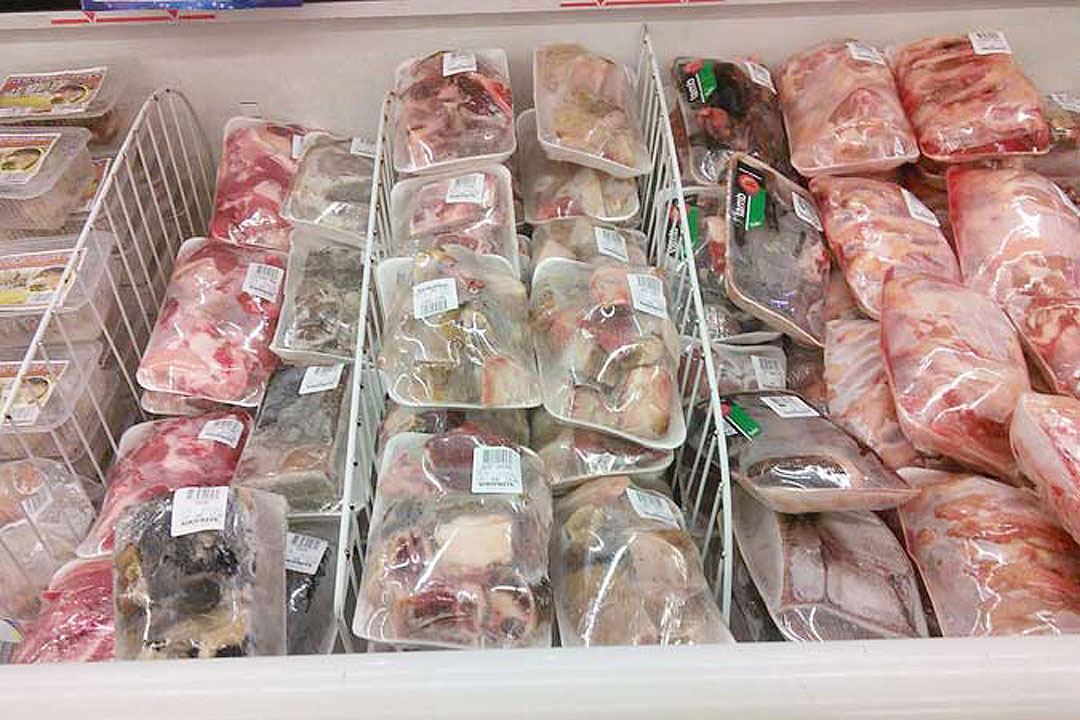MEAT PROCESSORS said they oppose plans to more widely distribute pork imports to areas where prices are high, saying the measure will not significantly address high prices.
In a statement, the Philippine Association of Meat Processors, Inc. (PAMPI) said Memorandum Circular No. 23 issued by the Department of Agriculture (DA) on Oct. 25 “is an exercise in futility and will not address the unabated high prices of pork.”
In a memorandum circular, the department cleared the distribution of pork imports to include areas with “relatively high” prices of pork outside the current coverage area known as the National Capital Region Plus (NCR Plus), which consists of Metro Manila, Bulacan, Rizal, Laguna, and Cavite.
Initially, the DA had allowed the sale of pork imports in wet markets, supermarkets, and Kadiwa outlets within the NCR Plus.
The memorandum circular also allowed the selling of pork imports under MAV plus to processors and institutional buyers.
According to PAMPI, the government increased the volume of pork imports and reduced tariffs without addressing the constraints on selling imported pork, which is frozen, in wet markets without freezers.
“Stall owners in wet markets do not have freezers. They barely have enough capital to pay for daily deliveries of fresh pork. So how can they sell imported pork even if they are priced cheaper?” PAMPI said.
“On the other hand, importers and traders who fell for the reduced tariff incentive cannot move their imported pork to the wet markets. As a result, imported pork products are tied up in cold storage,” it added.
As of Oct. 11, the National Meat Inspection Service (NMIS) estimated that frozen pork in accredited cold storage facilities at 73,294.01 metric tons (MT), up 60.2% from a year earlier.
Rolando E. Tambago, Pork Producers Federation of the Philippines, Inc. president, said in a mobile phone interview with BusinessWorld that the recent memorandum circular of the DA is “ridiculously unreasonable.”
“The DA should offer tangible solutions to help hog producers and make sure that the surplus supply from the Visayas and Mindanao is reallocated to other major market areas,” Mr. Tambago said.
“In fact, there are regions in the Visayas and Mindanao that are experiencing massive surpluses of pork,” he added.
Samahang Industriya ng Agrikultura Executive Director Jayson H. Cainglet said in a statement that there is no mechanism for distinguishing pork imports within the Minimum Access Volume (MAV) quota, which are covered by the order, from those exceeding the MAV quota once the products exit the port of first entry.
“Since there is no first border quarantine inspection, we would not even know if these pork imports are tainted with African Swine Fever (ASF) or not,” Mr. Cainglet said.
On May 10, President Rodrigo R. Duterte issued EO 133, which expanded the MAV quota for pork to 254,210 MT from the previous 54,210 MT, referred to as the so-called MAV plus, in order to increase supply and stabilize prices in the wake of the African Swine Fever outbreak.
The additional 200,000 MT worth of pork imports were divided into two tranches, with 140,000 MT scheduled to arrive between July and October and the remaining 60,000 MT landing between November and January. — Revin Mikhael D. Ochave
